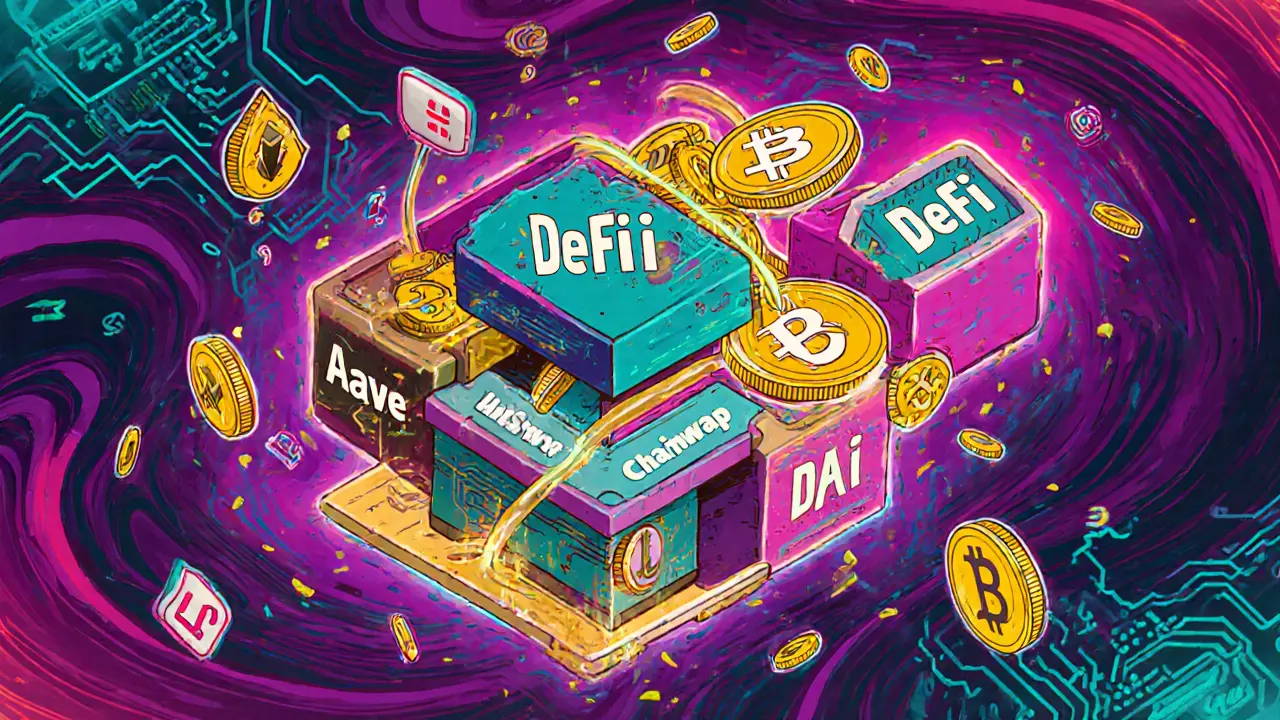Smart Contracts: What They Are, How They Work, and What They Power
When you hear smart contracts, self-executing agreements coded directly onto a blockchain that run without human intervention. Also known as blockchain contracts, they’re the engine behind most of today’s decentralized apps—whether you’re swapping tokens, staking crypto, or claiming an NFT. Unlike traditional contracts that need lawyers or banks to enforce them, smart contracts trigger actions automatically when conditions are met. If you send $500 to a wallet, it releases a token. If a game NFT reaches a certain level, it unlocks a reward. No middleman. No delays. Just code doing what it was told.
These contracts live on blockchains like Ethereum, the most popular blockchain for running smart contracts due to its Turing-complete programming language, Solidity, and they’re the reason DeFi, a system of financial services built on open blockchain networks without banks even exists. You don’t need a broker to lend crypto—you just interact with a contract. You don’t need an exchange to trade—you use a decentralized protocol that runs on contracts. Even tokenomics, the economic design behind a cryptocurrency’s supply, distribution, and incentives is often locked into contracts that control how tokens are minted, burned, or distributed in airdrops.
But smart contracts aren’t magic. They’re only as good as the code written by developers—and bad code can lead to massive losses. Many of the crypto projects you see in the posts below—like the dead exchanges, fake airdrops, and hollow metaverse tokens—rely on contracts that were poorly built, never audited, or outright scams. A contract can’t fix a bad idea. If a token has no real use case, no team, and no liquidity, the contract just automates the failure. That’s why understanding how these contracts work matters: it helps you spot the difference between real innovation and just code pretending to be something useful.
What you’ll find in the posts below aren’t just random crypto stories. They’re real-world examples of smart contracts in action—or in failure. You’ll see how they power airdrops like HashLand and MetaSoccer, how they’re used in cross-chain swaps on Avalanche, and how they’ve been exploited in dead exchanges like BitWell and JulSwap. You’ll also see how regulatory frameworks in places like the EU and Nigeria are starting to catch up to the risks these contracts create. This isn’t theory. It’s what’s happening right now, on-chain, in real time. And if you’re going to interact with any of it, you need to know what’s actually running under the hood.
How DeFi is Disrupting Traditional Finance
DeFi is changing finance by removing banks, cutting fees, and giving global access to lending, trading, and savings-all through blockchain and smart contracts. Here’s how it’s disrupting traditional finance and who’s really benefiting.
What Is Composability in DeFi? The Money Legos Revolution
Composability in DeFi lets financial protocols work together like LEGO blocks, enabling users to build custom financial products without intermediaries. It's the core innovation behind yield farming, flash loans, and automated investing.

